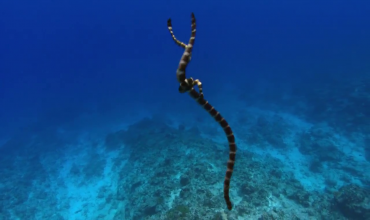-
or
Move to the previous cue
-
or
Move to the next cue
-
or
Increase size of captions
-
or
Decrease size of captions
-
or
Translate current cue
Plot summary
The opening episode introduces the series by showing examples of extraordinary feeding, hunting, courting and parenting behaviour from across the animal kingdom and around the globe. In Florida Bay, bottlenose dolphins catch leaping fish as they attempt to escape a corral of encircling mud, whipped up with the lead dolphin's tail. Other unusual collaborative hunting techniques include three cheetahs combining to bring down an ostrich and Antarctic killer whales attacking a crabeater seal. In Brazil, tufted capuchins have learned to crack open palm nuts by smashing them with rocks. High speed cameras reveal flying fish taking an aerial route to avoid predatory sailfish, Venus flytraps ensnaring their unwitting victims and two male hippos clashing over the territorial rights to a stretch of river. In some species, parents go to great lengths to protect their young. A mother strawberry poison-dart frog carries each of her six tadpoles high into the rainforest canopy to the safety of a bromeliad pool, then provides them with nutritious unfertilised eggs. A female giant Pacific octopus makes the ultimate sacrifice, starving to death as she guards her eggs. On Deception Island, young chinstrap penguins are trapped on a beach by ice-strewn seas. Abandoned by their parents, they must reach open water to feed. A lone chick fights its way through the ice, only to be ambushed by a leopard seal. Life on Location shows how the filmmakers collaborated with a French yachtsman and the Royal Navy to film Antarctica's top predators.

